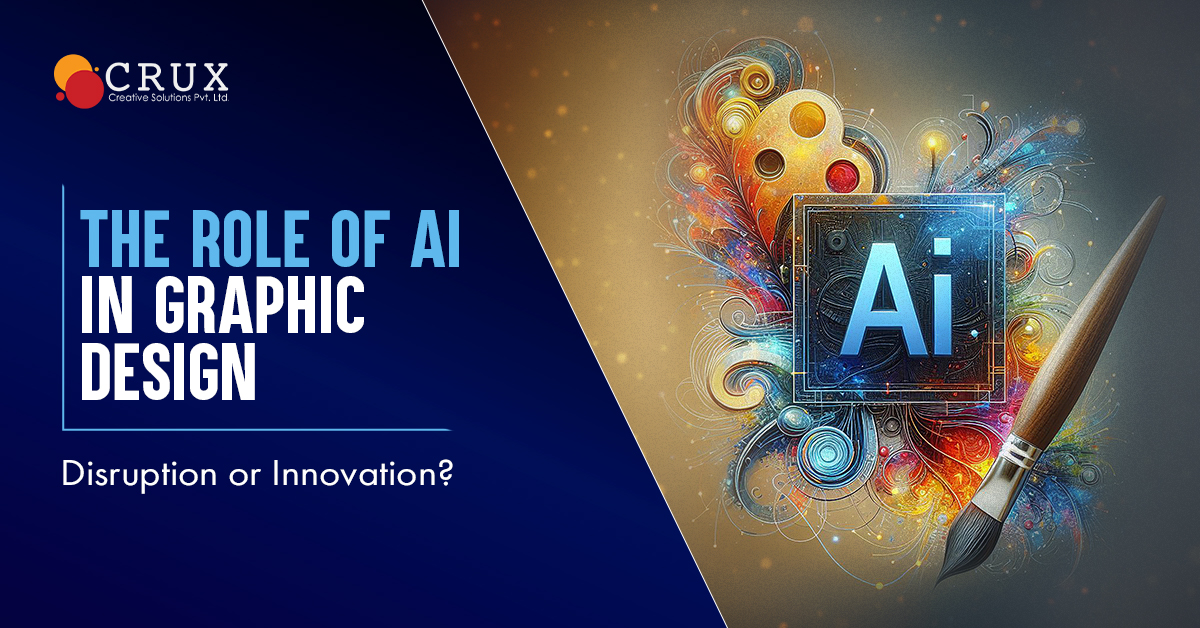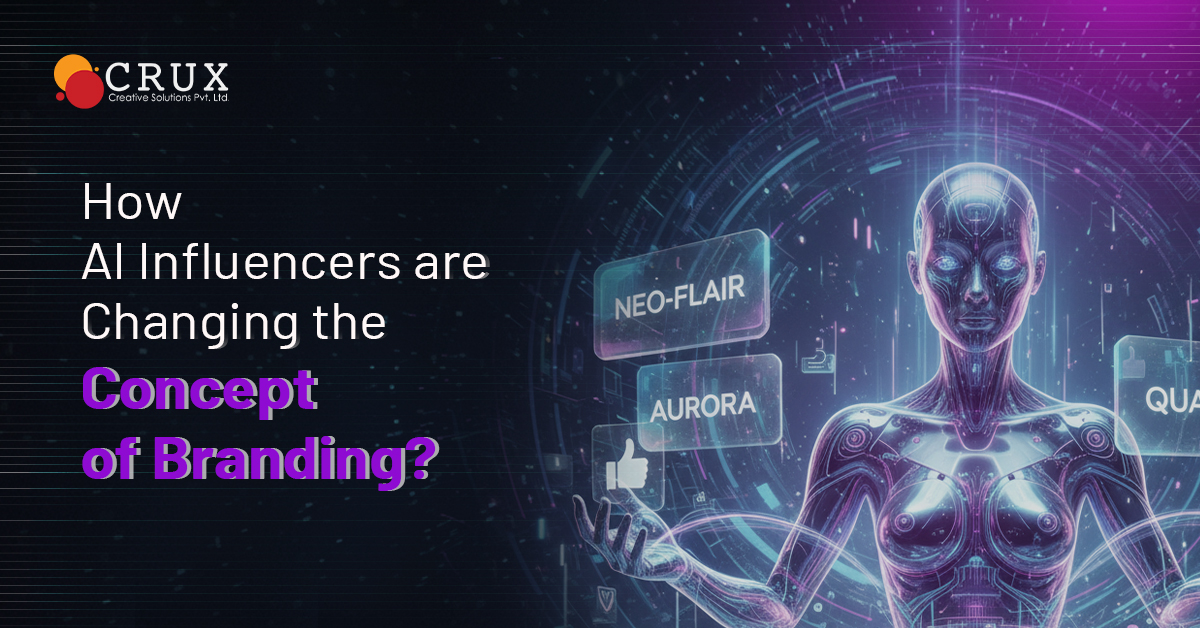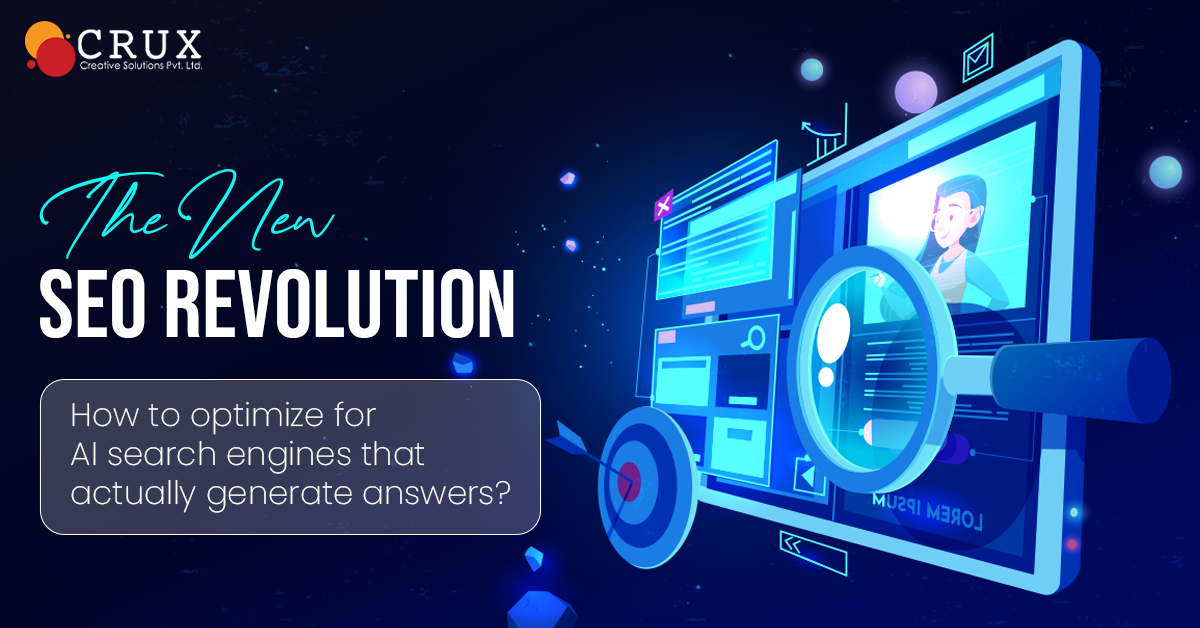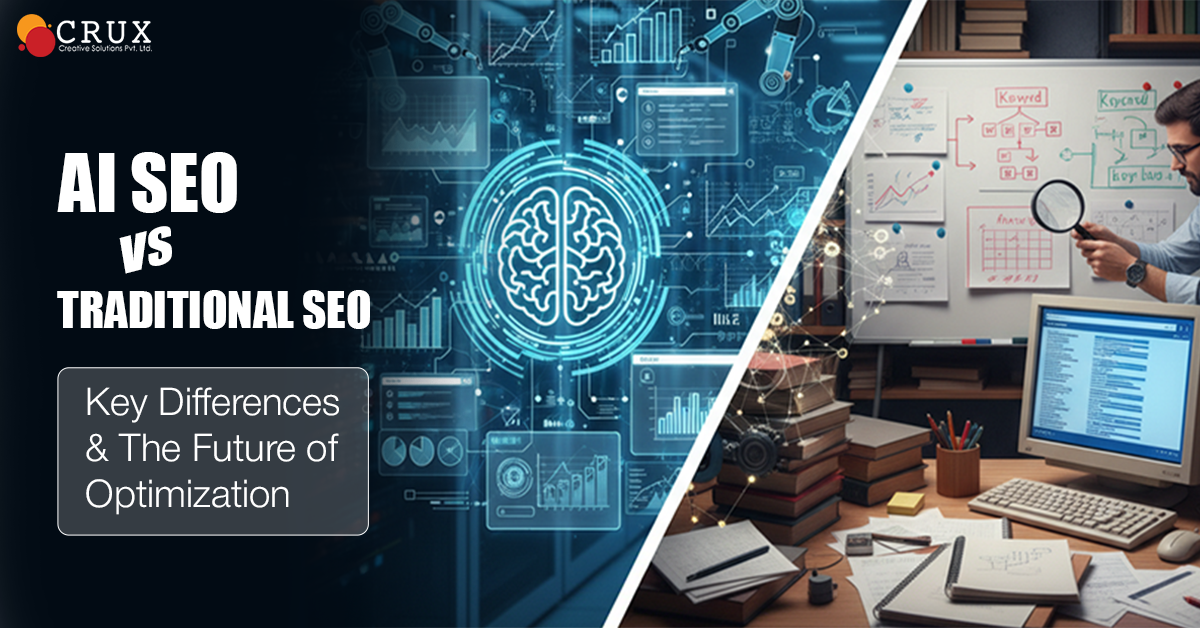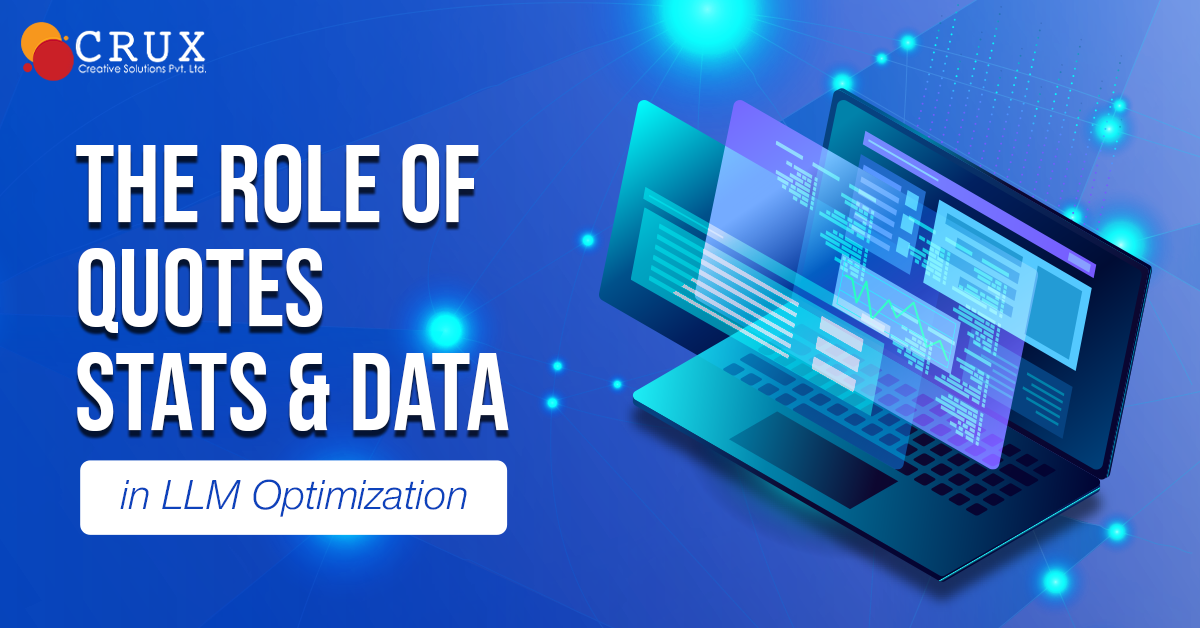
The Role of Quotes, Stats, and Data in LLM Optimization
Let's talk about something that's revolutionizing how we approach content creation and AI training—Large Language Models, or LLMs. If you're working with AI-powered tools or trying to improve your digital presence, understanding how quotes, statistics, and data shape these models is crucial. Think of it as teaching a brilliant student: the quality of information you feed determines the quality of output you get.
Why Data Matters More Than Ever
Imagine trying to learn a new language by only reading children's books. You'd get the basics, sure, but you'd miss nuances, cultural context, and sophisticated expressions. That's exactly what happens when LLMs are trained without diverse, high-quality data sources.
Data is the lifeblood of any LLM. These models learn patterns, context, and meaning from massive datasets that include everything from scientific papers to casual conversations. The more varied and accurate the data, the better the model performs. It's not just about quantity—a billion low-quality sentences won't beat a million well-crafted, verified ones.
The Power of Direct Quotes in Training
Here's something fascinating: direct quotes serve as anchor points in LLM training. When a model encounters attributed quotes—especially from verified sources—it learns not just what was said, but who said it, in what context, and with what authority.
For instance, if an LLM repeatedly sees quotes from industry experts paired with their credentials and the context of their statements, it builds a framework for understanding expertise and credibility. This is why content that includes properly attributed quotes tends to be more valuable for both search engines and AI training.
Think about it from a practical standpoint. When you're creating content for your business or working with the best digital marketing agency in Gurgaon, incorporating expert quotes adds layers of credibility. It tells both human readers and AI models: "This information comes from someone who knows their stuff."
Statistics: The Universal Language of Credibility
Numbers don't lie—or at least, they're harder to dispute than opinions. Statistics play a unique role in LLM optimization because they represent verifiable, concrete information. When an AI model processes statistical data, it's learning relationships, trends, and factual patterns.
Let's break this down practically. Say you're writing about marketing effectiveness. Including stats like "email marketing has an average ROI of 4200%" (a real statistic, by the way) does three things:
First, it makes your content more authoritative. Second, it helps LLMs understand concrete benchmarks in your industry. Third, it creates connections between concepts—the model learns that email marketing relates to ROI, percentages, and marketing effectiveness.
For businesses partnering with a best SEO company in Gurgaon, this means your content strategy should prioritize data-backed claims. Search engines increasingly favor content that demonstrates expertise through verifiable statistics.
Building Context Through Structured Data
Here's where it gets really interesting. LLMs don't just memorize facts—they learn relationships between concepts. When you present data in structured formats, you're essentially creating a roadmap for AI understanding.
Consider how a recipe website structures information: ingredients listed separately, step-by-step instructions, cooking times clearly marked. This structure helps LLMs understand the relationship between components. The same principle applies to any content you create.
When optimizing for LLMs, think about:
- Clear headings that establish topic hierarchy
- Data presented in consistent formats
- Contextual information that explains why statistics matter
- Logical flow from one concept to the next
The Quality Over Quantity Principle
There's a common misconception that more data always equals better results. Wrong. LLMs trained on massive amounts of low-quality data can develop biases, inaccuracies, and strange quirks.
Quality data means information that's accurate, current, properly contextualized, and verified. A single well-researched statistic from a reputable source carries more weight than dozens of unverified claims scattered across unreliable websites.
This is crucial for content creators. Whether you're managing your own digital presence or working with the best digital marketing agency in Gurgaon, focus on sourcing information from authoritative publications, academic research, industry reports, and verified expert sources.
Real-World Applications for Content Creators
So how do you actually apply this knowledge? Let's get practical.
Start by auditing your existing content. Are you making claims without backing them up? Add statistics. Are you presenting opinions as facts? Include expert quotes. Is your data outdated? Update it with current information.
When you're creating new content, build it with structure in mind. Use clear headers, introduce statistics with context, attribute quotes properly, and explain why the data matters. Don't just throw numbers at your readers—tell them the story behind the statistics.
The Trust Factor: Citations and Attribution
LLMs are increasingly sophisticated at recognizing patterns of credibility. Content that properly cites sources, attributes quotes, and provides context signals higher quality to both AI models and human readers.
This creates a positive feedback loop. Well-cited content ranks better in search results. Better rankings mean more visibility. More visibility means your content becomes part of the training data for future LLMs. Your quality standards today influence AI understanding tomorrow.
Avoiding Common Pitfalls
Let's address what not to do. Don't use statistics without understanding them. Context matters enormously. A statistic about smartphone usage in urban areas shouldn't be applied to overall population trends without qualification.
Don't over-stuff your content with quotes. One powerful, relevant quote beats five mediocre ones. And never, ever fabricate data. LLMs are trained to spot inconsistencies, and search engines penalize misleading information.
The Future Is Integrated
Here's the exciting part: as LLMs continue evolving, the integration between quality content creation and AI optimization will become seamless. The same principles that make content valuable to humans—accuracy, clarity, credibility—will make it valuable for AI training.
This means good content strategy isn't just about pleasing algorithms anymore. It's about creating genuinely valuable information that serves both human understanding and machine learning. When you focus on quality quotes, verified statistics, and well-structured data, you're future-proofing your content.
Your Action Plan
Ready to optimize your content for the LLM era? Start with these steps:
Review your content sources regularly. Ensure statistics are current and from reputable sources. Add proper attribution to all quotes and data. Structure your content with clear hierarchies. Provide context for every statistic you include. Update old content with fresh, verified information.
Remember, optimizing for LLMs isn't a separate strategy from creating great content—it's the natural result of doing content right. Focus on quality, accuracy, and structure, and you'll be optimizing for both human readers and AI models simultaneously.
FAQs
1. How often should I update statistics and data in my existing content to maintain LLM relevance?
Aim to review and update your content every 6-12 months, depending on your industry. Fast-moving sectors like technology or finance need quarterly updates, while evergreen topics can stretch longer. Set calendar reminders to check if your statistics are still current, as outdated data can actually harm your credibility with both search engines and AI models. Pro tip: Add a "last updated" date to your articles so readers know the information is fresh.
2. Can using too many statistics make my content robotic and hurt user engagement?
Absolutely! There's a sweet spot between data-rich and readable. A good rule of thumb is the 80-20 principle: 80% narrative storytelling and explanation, 20% hard data. Weave statistics into your story naturally rather than listing them bullet-style. If you find yourself writing "According to studies..." more than twice per paragraph, you've gone overboard. Remember, data should support your message, not become the message.
3. What's the difference between primary and secondary sources, and does it matter for LLM training?
Primary sources are original research—think scientific studies, official reports, or direct surveys. Secondary sources interpret or summarize that research—like news articles or blog posts. LLMs give more weight to primary sources because they represent original, unfiltered information. When possible, cite the original study rather than the article that covered it. This not only boosts your content's authority but helps AI models trace information to its most reliable origin point.
4. Should I avoid using quotes from social media or informal sources in professional content?
It depends on your purpose and audience. Social media quotes can be valuable for capturing real-time sentiment, cultural trends, or customer perspectives. However, they shouldn't replace expert opinions or verified data. If you're writing B2B content or technical pieces, lean heavily on credentialed experts. For consumer-focused or trend-based content, mixing professional quotes with authentic social voices can actually enhance relatability. Just clearly distinguish between expert analysis and public opinion.
5. How do I balance SEO keyword requirements with natural data presentation for LLM optimization?
The beauty of modern SEO is that natural writing and optimization are converging. Instead of forcing keywords, create comprehensive content around topics where keywords naturally appear. When discussing data, use semantic variations—if your keyword is "digital marketing analytics," naturally related terms like "performance metrics," "campaign data," and "marketing insights" will appear organically. LLMs understand context and topic clusters, so writing naturally about your subject with solid data support will automatically hit both SEO and AI optimization goals without awkward keyword stuffing.






